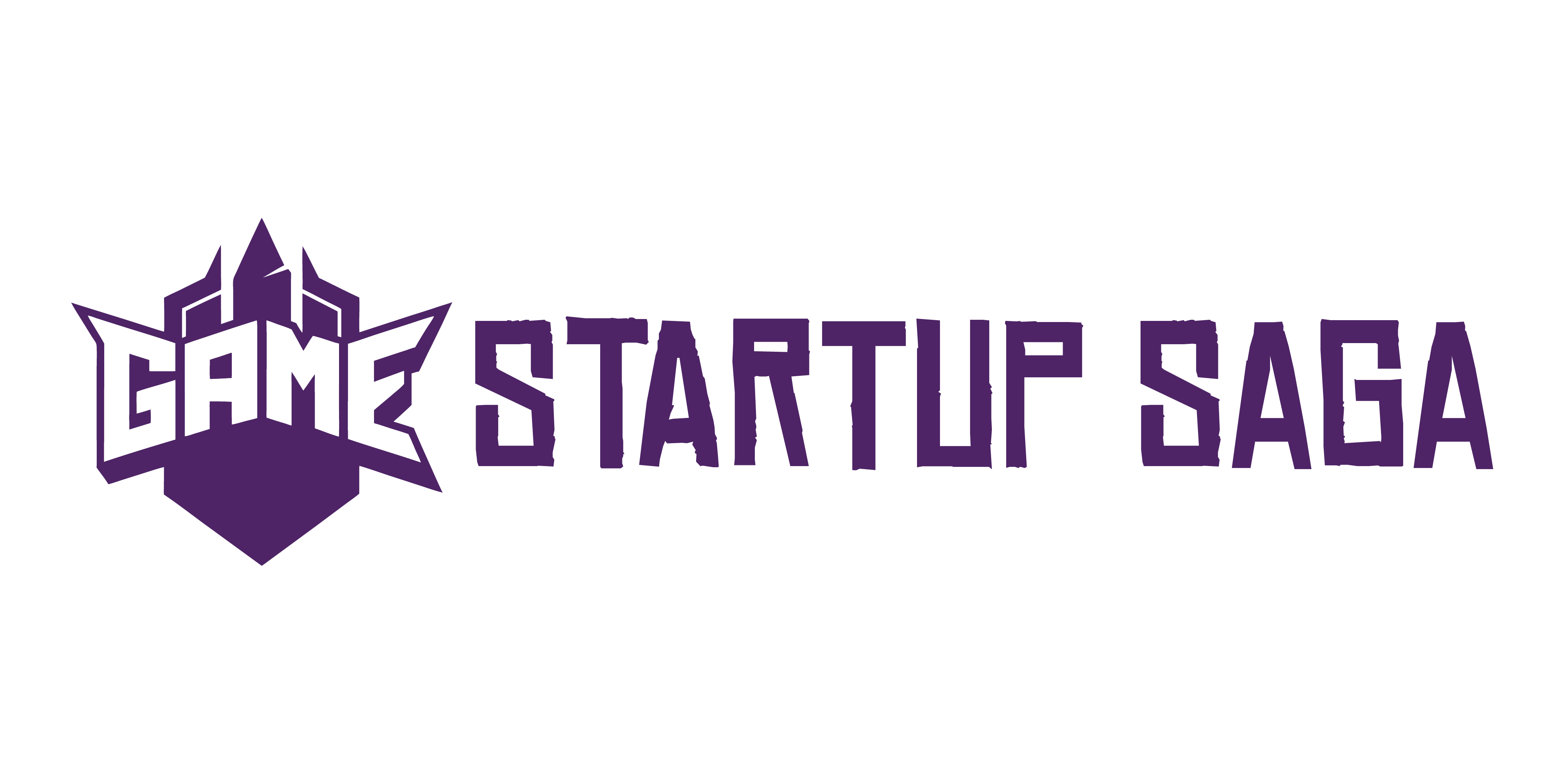Intro: Why These Creators Matter
The indie game space in 2024 is loud—thousands of new titles drop every month across Steam, Itch.io, and even console storefronts. But within the chaos, a handful of developers are managing to cut through and stick. These are the breakthrough teams—the ones crafting games that not only get played, but get remembered.
What sets them apart isn’t brute marketing or AAA production values. It’s clarity. They’re building with intention. Whether it’s a pixel-art platformer or a text-heavy narrative sim, these games stand out because the creators behind them know exactly what they’re saying—and who they’re saying it to.
Originality helps. Storytelling helps. But what separates novelty from noise is execution. The successful indies in 2024 aren’t chasing every trend—they’re doubling down on tight mechanics, focused aesthetics, and emotionally grounded design. They’re not making games for everyone. They’re making unforgettable ones for someone. And in a saturated market, that’s the sharpest edge you can have.
The Road to Breakout Success
Every hit indie game starts the same way: a sketch, a sentence, a moment of “what if?” The early stage is messy. Ideas get tossed around late at night, scribbled in notebooks, or buried in chat threads. But at some point, one idea sticks. That’s where the real work begins.
Moving from concept to prototype is often a brutal sprint. Most teams are small—two, maybe three people—and resources are tight. Making a playable prototype forces hard decisions early. What features matter most? What can be cut? The teams that break through are the ones who can prioritize fast, simplify even faster, and get something—anything—into players’ hands.
Of course, blockages come fast. Engines crash. Tools don’t work as expected. People burn out. The learning curve on tech alone can feel like climbing a cliff. But the teams that survive this stage usually have one thing in common: persistence. They switch game engines halfway through. They drop complex ideas for simpler mechanics. They find the fun, then build everything else around it.
Passion helps them push through the grim parts, but passion alone doesn’t ship a game. Timelines and burnout are real. That’s why practical development cycles matter—sprints that are ambitious but grounded. The magic happens when creativity meets discipline. Teams who figure that out early don’t just finish their game. They set the stage for real breakout success.
Creative Process: How the Magic Happens
When it comes to indie game development in 2024, the line between creativity and execution is razor-thin—and the tools matter more than ever. Unity and Unreal Engine still dominate, with Godot gaining ground for devs who want full control without the licensing overhead. Tools like Rewired for input mapping or FMOD for dynamic audio are now considered part of the standard kit. On the collaboration front, Notion and Trello are helping tiny teams stay aligned, while GitHub and Perforce continue to handle builds and version control for projects of all sizes.
Top indie developers don’t just ship once and hope for the best. Rapid prototyping and tight iteration loops are baked into their process. That often means testing mechanics in weeks, not months, and using raw player feedback during development—not after. The devs with momentum are skipping the polish-first mindset. Instead, they release messy builds early, gather notes, and reshape based on what hits.
Now, the eternal debate: is story as important as gameplay? Ask around, and the answer’s split. Some teams let narrative drive everything—they’re storytellers who happen to code. Others focus purely on feel: crisp mechanics, elegant feedback loops, and that split-second moment-to-moment joy. The space in between is the sweet spot, and that’s where many standout games live—you feel the story through how the game plays, not just what it says.
Funding the Dream Projects
For indie developers, cash is oxygen—and crowdfunding has become the starter engine. Platforms like Kickstarter and Fig continue to give small studios a shot at building community and capital before a single line of code leaves alpha. The best campaigns don’t just show off cool concepts; they invite people into the process. Think: devlogs, playable teasers, and real human stories behind the pixels.
But crowdfunding isn’t magic. Projects that flopped often did so because they overpromised, misjudged scope, or treated backers like an ATM. Success, on the other hand, usually came from teams with tight pitches, clear risk communication, and the stamina to update every time something broke (and it always does).
On the investor side, strategy is swinging toward proof-of-passion. More seed-stage backers want to see that a team has traction—crowd support, early builds, loyal testers—before wiring funds. Forget polished decks and market reports. What moves the needle now is momentum and clarity of vision.
For real-world examples of what crowdfunding can launch—and what it can’t—check out these Top Crowdfunding Successes – Game Startups Making Waves.
Team Culture and Mindset
Breakthrough game creators rarely come from massive studios with endless resources. More often, it’s two to six people in a threadbare workspace running on caffeine, shared vision, and pure grit. These aren’t just small teams—they’re tight-knit units built for speed and trust. Nothing flashy, just focus.
What keeps them going? A culture that values clarity and endurance over chaos. Working smart under pressure means keeping goals realistic, setting hard boundaries on crunch time, and ruthlessly cutting features that don’t serve the core experience. It’s less about martyrdom, more about precision: solve the right problems, ship what matters.
To stay aligned and avoid burnout, teams rely heavily on lightweight but effective tools like Notion for planning, Trello or Linear for task tracking, and Discord for fast, async communication. Some use shared daily check-ins, others lean into flexible work hours—but all prioritize transparency. Minimal fluff, maximum sync.
The ambition is big, but the method is disciplined. These teams know the only way to build something great without breaking is by being deliberate. Every sprint, every decision, every skipped meeting—they all serve the same goal: make the damn game, and make it count.
Lessons from the Trenches
Every dev team has at least one scar story—something they’d never do again if they could rewind the tape. For many breakthrough creators, the biggest regret isn’t choosing the wrong engine or misjudging a feature. It’s going too long without player feedback. Building in isolation might feel safe, but it turns minor blind spots into major reworks down the road. A few also admitted to falling in love with scope-creep. Lesson learned: be brutal about what belongs in version one, and save the rest for later.
For developers just starting out, the advice is solid and simple. Ship something small, and ship it fast. Don’t wait for genius to strike—progress beats perfection every time. Watch real players interact with your game. That’s where the real learning starts. And remember: your first project doesn’t define you, but your ability to finish does.
Staying focused when you’re building something over the span of years? That’s the long haul few talk honestly about. It’s not just about discipline—it’s about designing systems that hold up when motivation dips. That can mean working in sprints, holding yourself (or your team) to weekly goals, or stepping away when burnout creeps up. Most long-term developers don’t rely on passion to stay going. They rely on structure. And a healthy dose of stubbornness.
The Big Picture: Future of Indie Game Creation
The indie space isn’t slowing down—it’s mutating. Trends are shifting toward speed, flexibility, and creativity powered by new tools. AI-generated assets are no longer just a novelty; they’re becoming part of the workflow. Whether it’s turning a rough sketch into a polished sprite or auto-generating level concepts, AI is letting small teams punch above their weight. The trick is using it to accelerate, not replace, the human side of development.
Parallel to that, community-led development is gaining real traction. Players aren’t just beta testers anymore—they’re collaborators. Devs dropping early builds and incorporating feedback live are building tighter experiences and stronger followings. This constant loop of build, release, adjust isn’t just efficient—it’s magnetic.
Scale still matters, but not like it used to. Massive teams and sprawling budgets can’t compete with indie devs who pivot fast and stay close to their audience. The edge comes from adaptability, not headcount. Great ideas don’t need to be big—they need to be sharp and purpose-driven.
In the end, it’s not about staying ahead of trends. It’s about making what matters—to you, and to your players. Purpose-built games, driven by vision and clarity, will always outlast flashy clones and trend chasers. The future belongs to those who build with intention, not imitation.




